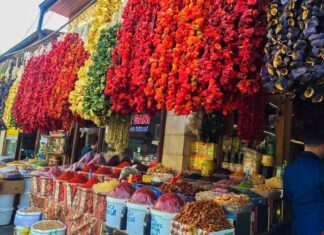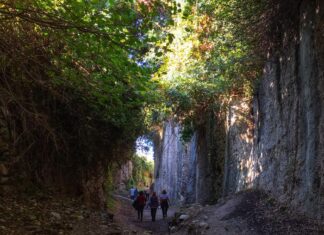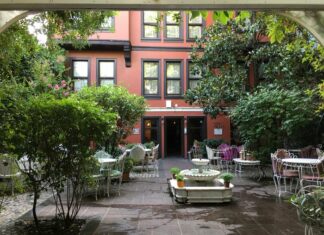Home Blog
The Bulgarians Character Education and Progress
Superstition and Education
In the past, and even to some extent today, Bulgarians have often been called a superstitious people. However, this was largely due...
The Bulgarian People Race History and Character
The Importance of Bulgarian Distinction
The distinct racial and cultural makeup of the Bulgarians helps explain why they remained passive under foreign domination, while their...
The Bulgarians and Their Land
Expansion from Dobrudsha
The Bulgarians originally settled in the plain known as Dobrudsha, but this area soon became too small for their growing population. Over...
Portraits of Van
Nearly all of Van`s civic and business leaders share the same opinions, and speak of the same hardships. Zahir Kantasoglu, President of the Van...
Kirk Kilise Wine and Its Secret
The wine from Kirk Kilise is very good. However, most Turks don’t drink wine—they are mostly teetotalers. So, the wine is taken to the...
The Dreary Landscape
The sky was gray, and the wind howled. The land looked dull and lifeless. The Turkish villages were messy, made up of mud huts....
Golden House of Nero
This new Rome on the Bosporus had the great advantage of having been built from scratch. Old Rome had to undergo considerable urban renewal...
From Augustus to Theodosius
Constantinople’s other great advantage was the deimperialization, so to speak, of emperors. The word we use in English, “emperor,” derives through French from the...
The first Christian emperor
Constantine, the first Christian emperor, saw the possibilities in the place. He was brilliant in both his plan for the city and its execution....
Importance of Anatolia
Importance of Anatolia and Yalvac in the Development of Religions
Anatolia`s generous heart and warm embrace were the tolerant setting for historical events related to...













